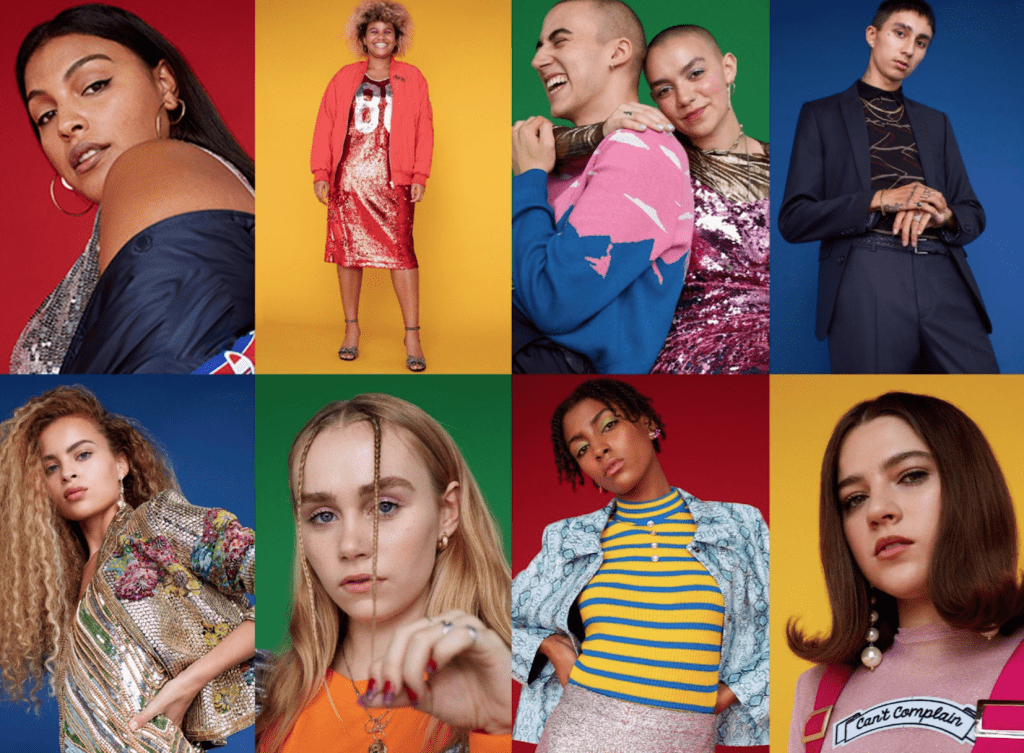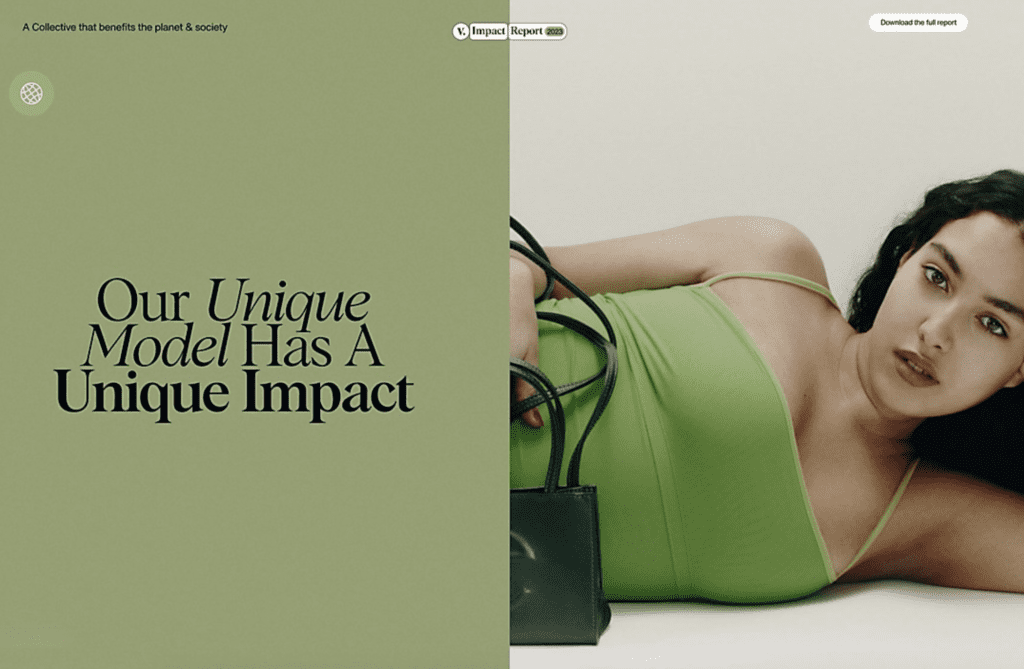A British advertising watchdog is continuing its crack down on influencer marketing. On the heels of asserting this past summer that #BrandAmbassador is not a valid disclosure in accordance with the Code of Non-broadcast Advertising, Sales Promotion and Direct Marketing, and more recently finding that even if an influencer is not explicitly paid for a post, she must disclose if she has some other connection with the brand at play, the British Advertising Standards Authority (“ASA”) is turning its attention to Instagram stories, and whether or not influencers are properly altering their followers of their relationships with brands.
In a recently-released ruling, the British ASA revealed that after receiving a consumer complaint, it initiated a probe into fast fashion giant ASOS and Zoe Sugg – aka Zoella – after the heavily-followed YouTube personality posted a photo of herself wearing a dress from ASOS to her Instagram story in July 2019, along with the caption, “Lots of you loving the dress I’m wearing in my newest photos! It’s from @missselfridge. Swipe up to shop.” In addition to alerting her followers about where to purchase the dress (“swiping up on the story took users to a product page on the ASOS website,” according to the ASA), she included “additional text at the bottom right-hand side of the image, that stated ‘*affiliate.’”
The problem with Sugg’s post, according to the ASA, a self-regulatory organization tasked with ensuring that advertising across all media in the United Kingdom is free of misleading, harmful or offensive advertisements? The “affiliate” disclosure was “obscured by the direct message icon.”
In response to the ASA’s investigation, which named both ASOS and Sugg by way of her legal entity Zoe Sugg Ltd, a representative for ASOS “accepted that the disclosure in the story was not sufficiently prominent,” but said the company “believed that in principle the disclosure ‘affiliate’ should be considered adequate to signpost where there is a purely affiliate relationship in place between a brand and influencer.”
In its decision, dated April 22, the ASA paid specific attention to the use of the term “affiliate.” Citing a September 2019 research report conducted for the ASA by Ipsos MORI on “Labelling of influencer advertising,” the watchdog pointed to “findings [that] demonstrated the challenge of obviously differentiating all types of advertising content – including traditional brand ads from other content on social media platforms,” and asserted that “although the word ‘affiliate’ was obscured on the Instagram story,” it considered whether the term itself “would be sufficient to obviously identify an ad as such.”
While both ASOS and Sugg – who is “an ASOS affiliate which meant that she could earn commission from ASOS sales through a third-party influencer network” – cited “various examples” in the ASA research report that “they believed supported their argument that ‘affiliate’ was a sufficient label to communicate that content was an affiliate ad,” as distinct from a regular ad, the ASA was unpersuaded. The agency asserted that “in no example where ‘affiliate’ was used in isolation did more than 45 percent of participants recognize it as an ad.” With that in mind, the ASA stated, “We considered that the term ‘affiliate’ was therefore unlikely to be sufficiently clear as a standalone label to ensure affiliate ads were obviously identifiable.”
“We concluded that [post] was not obviously identifiable as an ad,” the ASA states, noting that because Sugg “would receive a commission for any sales generated by ASOS.com from purchases made through the link” that she shared, the post was, in fact, an ad that “did not make clear its commercial intent, and therefore breached the Code of Non-broadcast Advertising, Sales Promotion and Direct Marketing.”
As such, the ASA has ordered that “thead not appear again in the form complained about,” and that going forward, ASOS and Sugg “ensure that affiliate links are obviously identifiable as marketing communications and made clear their commercial intent upfront, for example, by including a clear and prominent identifier such as ‘#ad’ at a minimum.” As is customary for the ASA, there was not a monetary penalty associated with the decision.
More than merely cracking down on instances of obviously out-of-bounds ads, the ASA is, in actuality, defining the boundaries in connection with what is still an objectively novel form of marketing. Far newer than the traditional television and print advertising models, where the rules are largely well-defined as a result of years of use, influencer marketing has developed relatively quickly into a multi-billion dollar globally-reaching industry, one that was expected to amount to $6.5 billion in value as of 2019. As is often the case with the proliferation of new technologies, the law has struggled to keep up with the rapid rise of the influencer economy and the developments that continue to occur within this sphere. As a result, this is a space that is still rife with uncertainties, a large-scale lack of bright line rules, and an wide array of unchartered examples of how the various legal rules and guidelines that do exist, all of which vary by jurisdiction, will be enforced (or in many cases, not enforced).
In addition to providing guidance of the use of the terms “Brand Ambassador” and “Affiliate,” the ASA has also shed light on how many followers it takes to reach “celebrity” status in the eyes of the Code of Non-broadcast Advertising, Sales Promotion and Direct Marketing (hint: 30,000 is apparently enough). Meanwhile, the Competition and Markets Authority published – and has taken various famous figures to task over – its influencer-specific guidance in January 2019, called, “Social media endorsements: being transparent with your followers,” which requires that “any form of reward, including money, gifts of services or products, or the loan of a product, is ‘payment’ – whether you originally asked for it or got sent it out of the blue” be disclosed by way of clear language, such as “#Ad, #Advert, and using the ‘Paid Partnership’ tool on Instagram in addition to these hashtags.”











